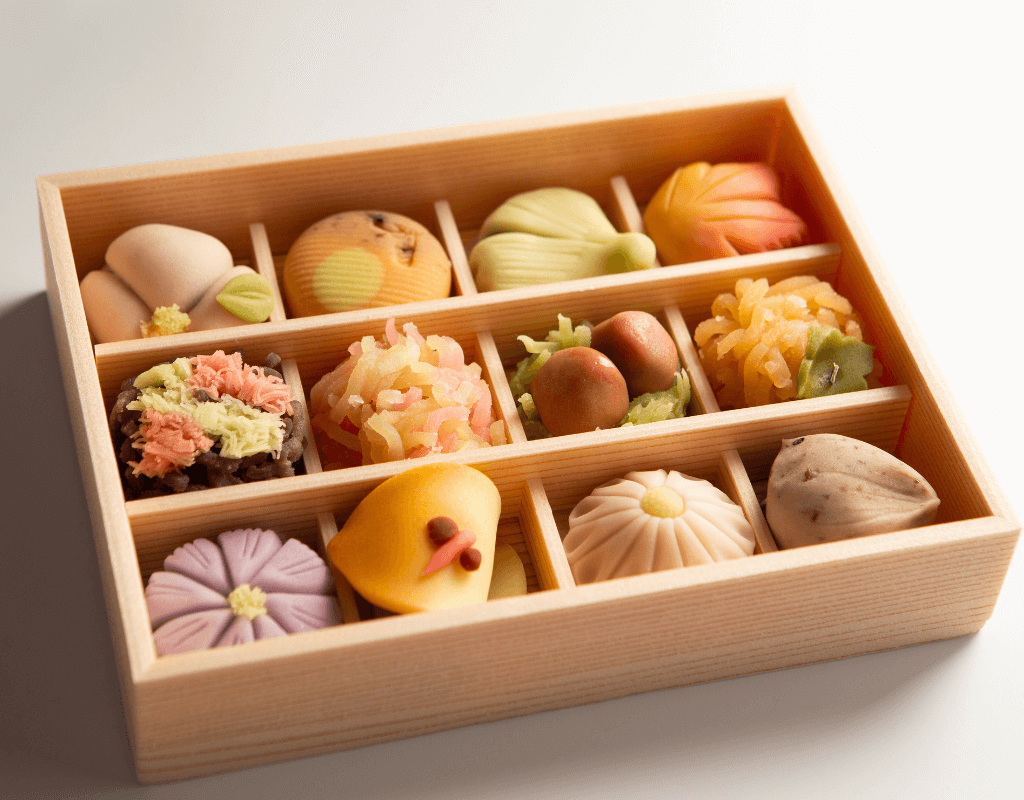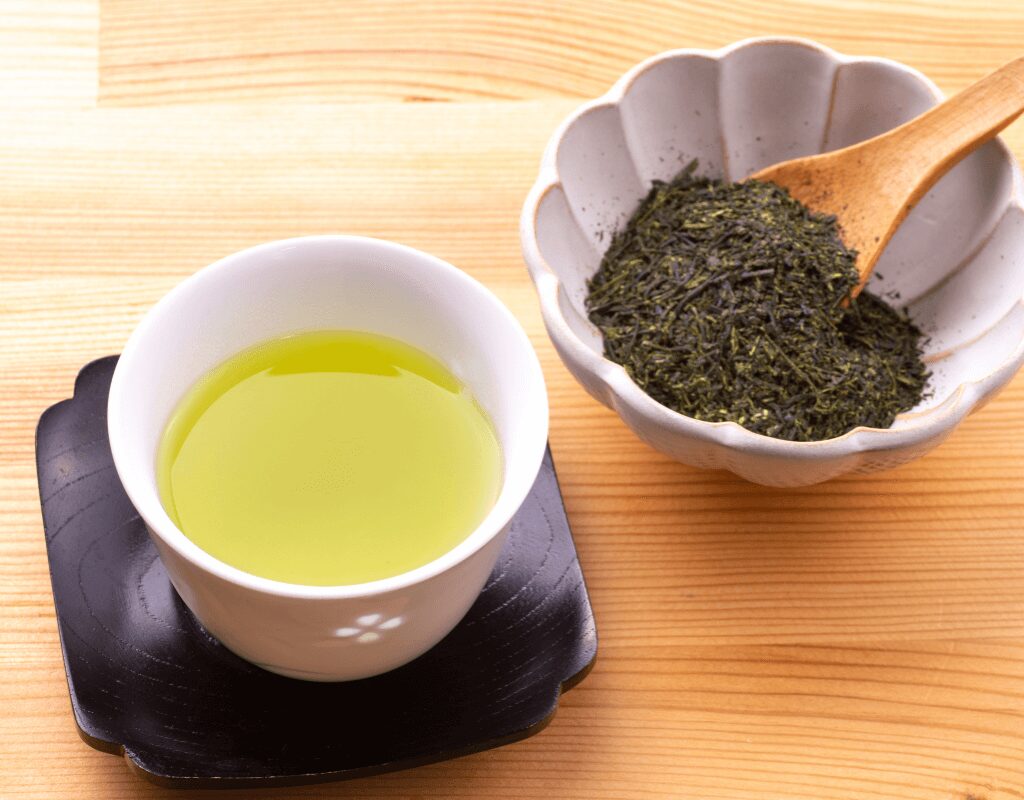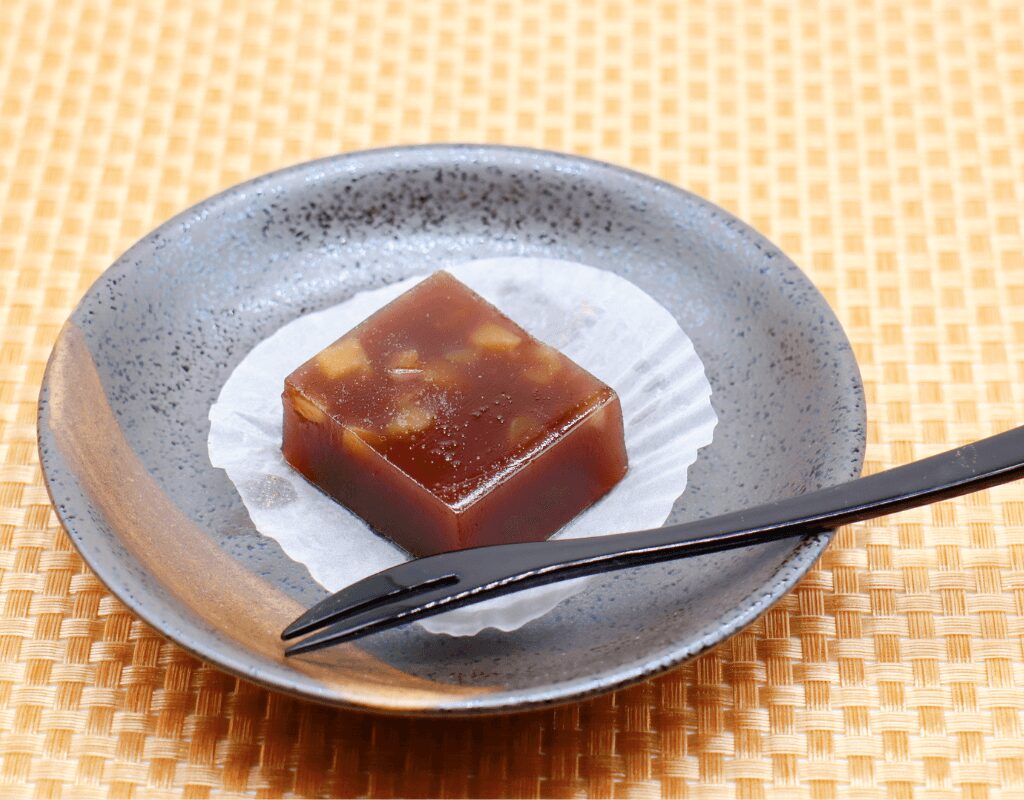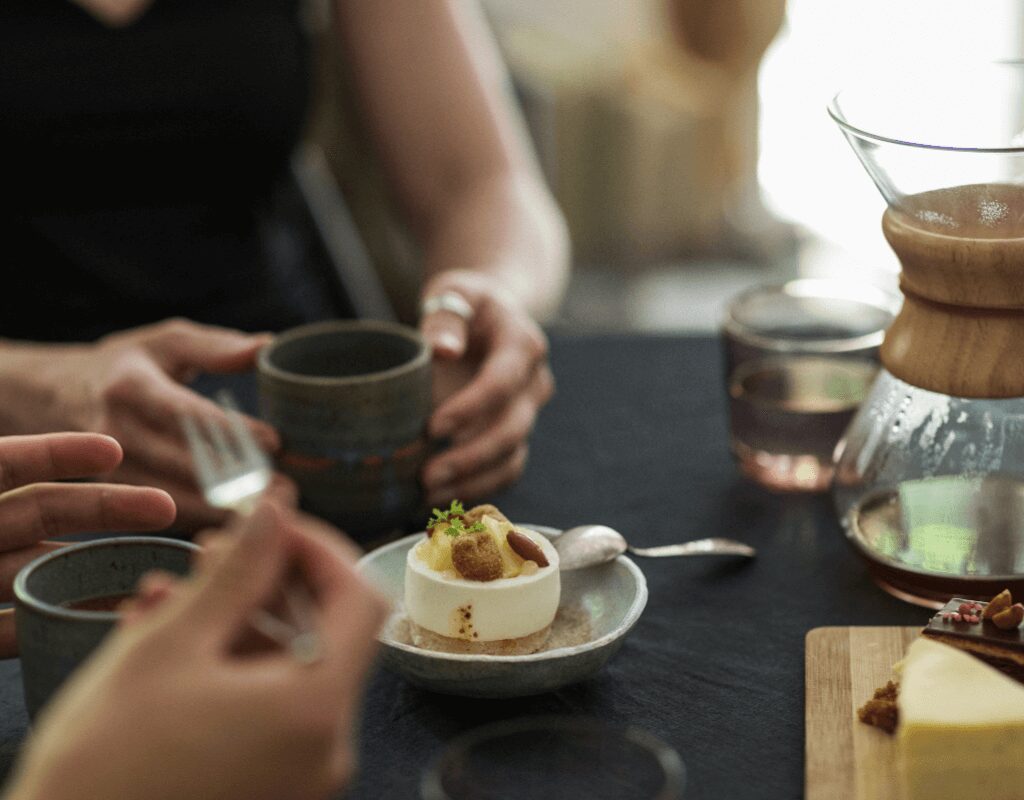Attending a home party in Japan requires understanding Japanese manners to make a positive impression. This guide will help you navigate key Japanese etiquette before and during your visit. By following these manners, you’ll show respect to your hosts and enjoy the experience. For more tips on other Japanese manners, read on below!
Table of Contents
Expert in Etiquette and Communication;
Former Shiseido Beauty Consultant. At Shiseido, gained deep expertise in hospitality, aesthetics, and understanding customers’ needs. Moved to KidZania Tokyo, a job-experience theme park for children, to share these skills. Earned the Outstanding Supervisor Award for delivering courteous service and led staff etiquette training.
Later, trained over 20,000 people in etiquette across the country. Involved in publishing, writing columns, supervising magazine articles, and appearing in the media.
Chapter 1: Preparation Before Visiting
1. Responding Appropriately
Accepting the Invitation (YES)
Express gratitude and happiness for the invitation.
Japanese:
ありがとうございます。喜んで、お伺いいたします。楽しみにしています。
Romaji:
Arigatou gozaimasu. Yorokonde, o-ukagai itashimasu. Tanoshimi ni shiteimasu.
English:
Thank you very much. I’d be delighted to visit. I’m looking forward to it.
For formal situations, such as responding to a senior or someone requiring polite etiquette, the following expressions are recommended:
Japanese:
お招きいただき、光栄です。ありがとうございます。
Romaji:
O-maneki itadaki, kouei desu. Arigatou gozaimasu.
English:
It is an honor to be invited. Thank you very much.
Declining the Invitation (NO)
If you are unable to visit, express your regret while showing interest in future invitations.
Japanese:
残念ながら、今回はお伺いできないのですが、またの機会にぜひ、お声かけください。
Romaji:
Zannen nagara, konkai wa o-ukagai dekinai no desu ga, mata no kikai ni zehi, o-koekake kudasai.
English:
Unfortunately, I won’t be able to visit this time, but I would love to have another opportunity in the future. Please invite me again.
If You Cannot Respond Immediately
If you are unsure of your schedule when invited, ask by when you should provide an answer and be sure to reply by that deadline.
Japanese:
ぜひ伺いたいのですが、まだ予定がわからないので、少しお待ちいただけますでしょうか。いつまでにお返事すればよろしいですか。
Romaji:
Zehi ukagaitai no desu ga, mada yotei ga wakaranai no de, sukoshi omachi itadakemasu deshou ka. Itsu made ni o-henji sureba yoroshii desu ka?
English:
I would love to visit, but I’m not sure about my schedule yet. Would it be possible to wait a little? By when should I give you my answer?

2. Choosing a Gift
In Japan, it’s customary to bring a gift when visiting someone’s home to show gratitude for the invitation.
When choosing a gift, consider the recipient’s preferences, the number of people, and their age. Popular gifts include:
- Famous or long-established Japanese sweets (wagashi) or Western sweets (yogashi)
- Local famous sweets or specialties
- Seasonal fruits or fruit juices
In Japan, the four seasons vary greatly, so gifts often reflect the current season. For example:
- Spring: Sakura-themed sweets
- Summer: Mizu-yokan (sweet jelly)
- Autumn: Sweets made with sweet potatoes or chestnuts
- Winter: Hanabira mochi (New Year’s sweets)
Regional specialties are also a great choice. Local treats or rare delicacies from specific areas are especially appreciated.
Things to Avoid:
- Items that take a long time to prepare or eat
- Gifts bought locally or from nearby stores (the price might be too obvious and may seem like a last-minute choice)
Price Range:
- Regular visit: 2,000–3,000 yen
- Special occasion or celebration: 3,000–5,000 yen
If you choose a gift that’s too expensive, it may make the recipient feel uncomfortable. If you’re visiting a family with children, consider bringing child-friendly sweets as well.

3. Clothing
Dress Code
Wear clean, neat clothing that isn’t too casual. Choose smart-casual attire based on the season and the purpose of the visit.
Since you’ll need to remove your shoes, make sure to wear clean socks. In Japan, visiting someone’s home barefoot, even in summer, is not acceptable.
Also, check that your shoe insoles are clean.
Chapter 2: Manners When Arriving
1. At the entrance
Before entering the house, greet the host by saying, “お邪魔いたします” (“Ojama itashimasu”) and bow.
In Japanese homes, there’s usually a step between the entrance area (tataki-dai, where you leave shoes) and the indoor floor.
Take off your shoes on the tataki-dai, then step up onto the floor to enter.
- Place your feet on the step to avoid stepping on the tataki-dai.
- Don’t step on the entrance area with your socks as it may get dirty.
After taking off your shoes, place them with the toes facing outward (toward the entrance). This keeps them neat and makes it easier to put them on when leaving.
Slippers are usually provided for guests. If offered, say “ありがとうございます” (“Arigatou gozaimasu”) and put them on.
2. Removing Your Coat
- Take off your coat, hat, gloves, and scarf before ringing the doorbell. This shows consideration for the host.
- Fold your coat with the inner side facing out. This prevents dust and dirt from spreading inside the home.
- Remove your mask if possible. If you need to keep it on for health reasons, say:
「風邪気味のため、マスクをしたままで失礼します。」
(Kaze-gimi no tame, masuku o shita mama de shitsurei shimasu.)
→ “I have a slight cold, so I’ll keep my mask on.”
3. Giving a Gift
- Give the gift before sitting down. If you’re in a Japanese-style room (washitsu), it’s acceptable to sit first before handing it over.
- Don’t hand over the gift in its paper bag. The bag was used to carry the gift, so giving it along with the present is considered impolite.
- Take the gift out of the bag and present it with both hands. This shows respect and thoughtfulness.
- Say something positive when giving the gift. For example:
- 「こちら〇〇です。皆様で召し上がってください。」
(Kochira ○○ desu. Minna-sama de meshiagatte kudasai.)
→ “This is [gift name]. Please enjoy it with everyone.” - 「美味しいと評判の、地元のお菓子です。」
(Oishii to hyōban no, jimoto no okashi desu.)
→ “This is a well-known and delicious local sweet.”
- 「こちら〇〇です。皆様で召し上がってください。」
- Mention any special handling instructions. If the item needs refrigeration or should be eaten soon, inform the host:
- 「こちらはプリンです。お早めに冷蔵庫に入れて、召し上がってください。」
(Kochira wa purin desu. Ohayame ni reizōko ni irete, meshiagatte kudasai.)
→ “These are puddings. Please refrigerate them soon and enjoy.”
- 「こちらはプリンです。お早めに冷蔵庫に入れて、召し上がってください。」
Chapter 3: Etiquette During Your Visit
1. How to Behave Indoors
- Sit where you are invited. If offered the best seat (kamiza), say 「失礼いたします」(Shitsurei itashimasu) before sitting down.
- Follow seating etiquette. In a Japanese-style room (washitsu), the formal way to sit is seiza—kneeling with the tops of your feet flat on the tatami and sitting on your heels.
- If seiza is too difficult, sitting cross-legged (agura, for men) or with legs to the side (yoko-zuwari, for women) is acceptable.
- In a Western-style room, sit with a straight back.
- Maintain good posture. Avoid putting elbows on the table or crossing your legs, as crossed legs can be seen as arrogant or disrespectful in formal settings.
- Do not wander into other rooms. Moving around without permission or touching personal items is impolite.
2. Eating and Drinking
When visiting a home, the host will usually offer tea, coffee, or another drink. Accept it with gratitude.This section covers how to enjoy Japanese tea and wagashi (traditional sweets). If you are invited for lunch or dinner, refer to the article below for dining etiquette.
How to Drink Sencha (Japanese Green Tea)
- Before picking up the teacup, say “Itadakimasu” as a sign of gratitude.
- Do not eat the sweets before drinking the tea. Enjoy the tea while it is still warm.
- If the teacup has a lid, place it upside down on the tray (chawan saucer) to keep it stable.
- Use both hands—one to hold the teacup and the other to support the bottom.
- Drink quietly without making noise, gently letting the tea flow into your mouth for an elegant manner.

How to Eat Wagashi
Nerikiri & Yokan
- Nerikiri is a delicate sweet made from white bean paste, shaped to reflect seasonal motifs.
- Yokan is a firm jelly-like sweet made from red bean paste and agar.
- Use a blackwood pick (kuromoji) to cut them into small pieces before eating.
Manju
- A steamed bun filled with sweet red bean paste, commonly enjoyed in Japan.
- You can eat it with your hands, but avoid biting into it directly. Instead, break it into bite-sized pieces before eating.
Senbei
- A crispy rice cracker, usually flavored with soy sauce.
- If it’s large, break it into smaller pieces before eating. Avoid biting directly into it, as crumbs may scatter.
- To prevent mess, break it inside the package or over a small plate.

3. Using the Restroom
- In Japan, people commonly refer to the toilet as “otearai” (お手洗い) instead of “toire” (トイレ).
- If you need to use the restroom, politely ask: “Otearai wo okarishite mo yoroshii deshou ka?” (お手洗いをお借りしてもよろしいでしょうか?)
- If you’re wearing indoor slippers, remove them before entering and switch to toilet slippers if provided. If there are no toilet slippers, remove your indoor slippers before stepping in.
- Keep the restroom clean and always close the toilet lid after use.
- When returning to the room, say “Arigatou gozaimashita” (ありがとうございました) to express gratitude.
Chapter 4: Proper Etiquette When Leaving
Decide the Right Time to Leave
Don’t overstay your welcome. If invited for tea, about 2 hours is appropriate. If invited for a meal, about 3 hours is ideal.
When the conversation reaches a natural pause, say “Sorosoro, shitsurei itashimasu” (そろそろ、失礼いたします)” while bowing.
Express gratitude with phrases like:
- “Honjitsu wa arigatou gozaimashita” (本日はありがとうございました)” – Thank you for today.
- “Totemo tanoshikatta desu” (とても楽しかったです)” – I had a great time.
- “Gochisousama deshita” (ごちそうさまでした)” – Thank you for the meal.
Farewell Etiquette
- Express Gratitude at the Door – Once again, thank your host before leaving.
- Say “Honjitsu wa arigatou gozaimashita. Ojamashimashita” (本日はありがとうございました。お邪魔いたしました)” – Thank you for today. I’m sorry for the intrusion.
- Or “Omaneki itadaki, arigatou gozaimashita” (お招きいただき、ありがとうございました)” – Thank you for inviting me.
- Neatly Arrange Your Slippers – After putting on your shoes, neatly align the slippers you removed.
- Put on Your Coat Outside – Put your coat on outside the door, but if invited to do so, say “Dewa, shitsurei shimasu” (では、失礼します)” – “Well then, excuse me,” and put it on.
- Close the Door Politely – When closing the door, say “Shitsurei itashimasu” (失礼いたします)” and give a light bow.
- Host Sees You Off – If the host accompanies you to the outside, it’s customary to keep bowing until you’re no longer in their sight, such as when you turn a corner. This gesture is a respectful, Japanese way to cherish the moment.
Thank You Message After the Visit
Send a Thank You Message – Send your thank you message the day after your visit or within a few days. You can send an email or use messaging tools like social media. A handwritten letter is still a good option, but it’s not required.
Express Specific Appreciation – Along with your thanks, mention specific things you enjoyed or found memorable.
For example:- “The homemade cake was so delicious, and I had such a wonderful time.”
- “The conversation was fascinating, and time passed quickly.”
I hope this guide is useful. Please review it before attending a home party. If you are interested in other Japanese etiquette, please kindly find more information below.


